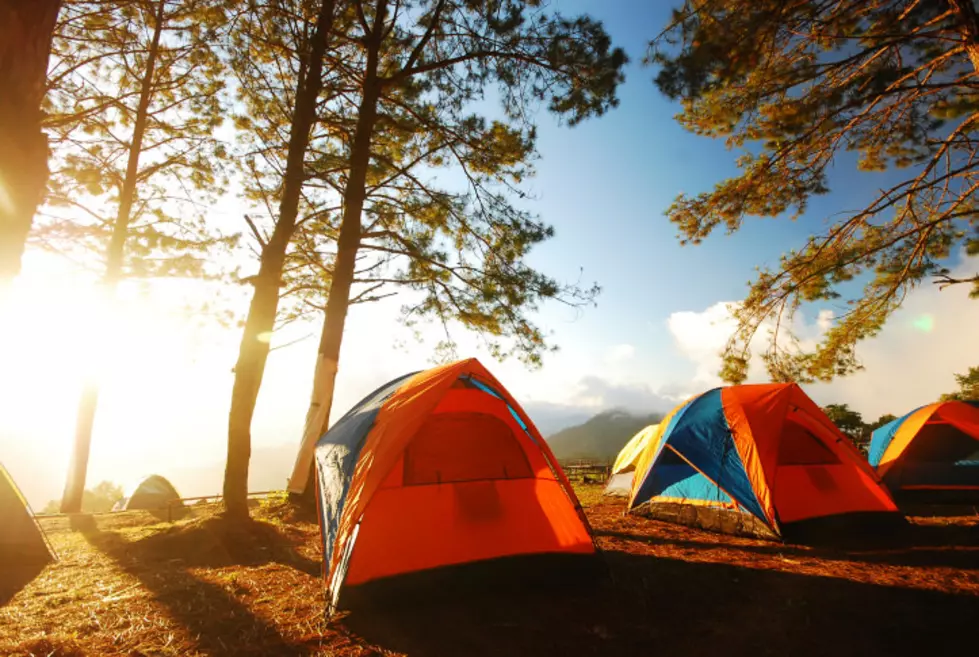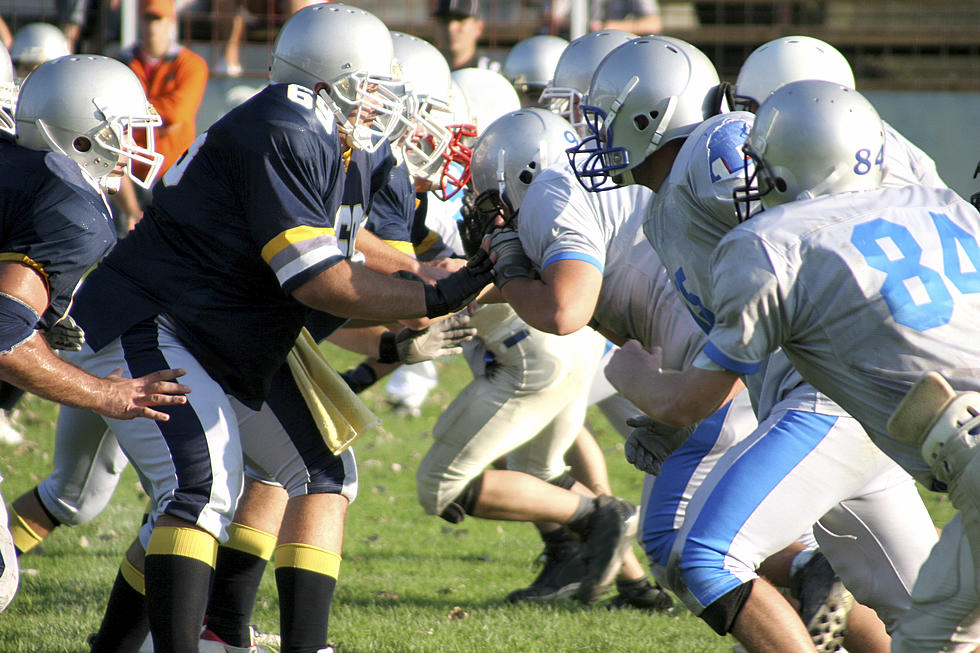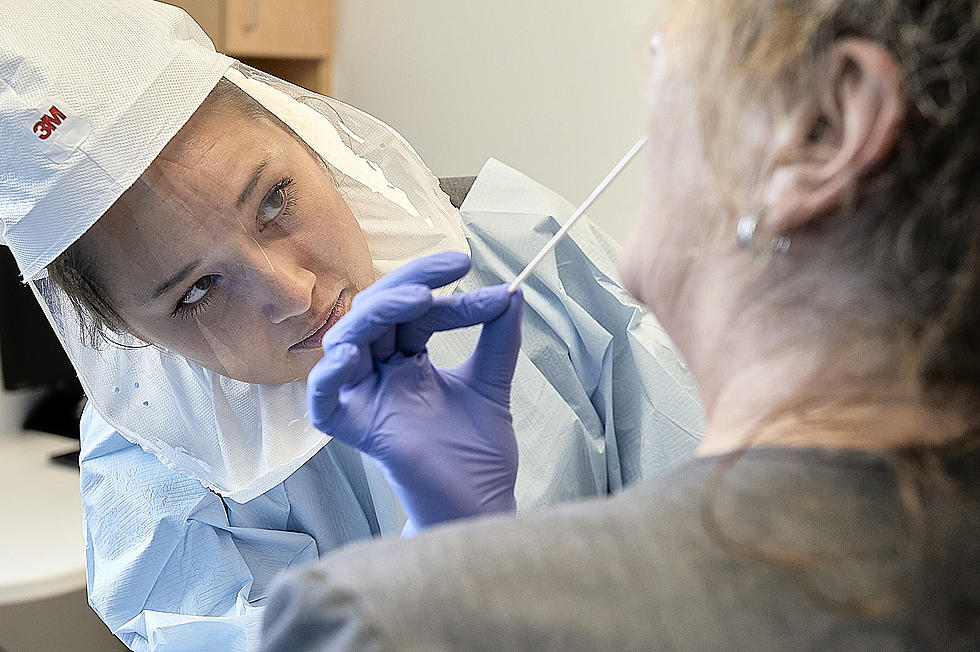
Yellowstone Park Study Shows Disturbance 3,800 Years Ago
A long time ago, something happened at Yellowstone National Park that changed a lodgepole pine forest into the current hot, muddy Lower Geyser Basin. A probe that was extracted from the bottom of Goose Lake in Yellowstone National Park showed a distinct difference between the Lower Geyser Basin now and then.
In a news release from Montana State University's Department of Earth Sciences in Bozeman, regents emeritis professor Cathy Whitlock said, "It was a big surprise to find this. It reinforces how much Yellowstone is a geo-ecosystem, where an underground magma chamber drives environmental change at the surface."
With rafts, the MSU study group went out onto Goose Lake, west of Yellowstone Lake in the southwest part of the park. They sunk a probe into the lakebed about 30 feet. When they examined it, they found a definite "transition" layer in the sediments. Above the layer they found the expected pollen of sagebrush from the geyser basin. But below the transition, the pollen was mostly lodgepole pine, indicating a more forested area. The change affected about 18 square miles of the park. The scientists think the current Norris Geyser Basin is similar to what Lower Geyser Basin used to look like.
The study author Christopher Schiller said, "We don't know exactly what happened, maybe an earthquake or some kind of geological uplift, but it was like a switch turning on." Schiller is a postdoctoral researcher in the MSU Paleo-ecology Lab. The shift created one of the most active areas in the park, and in the world. The study was funded as part of a Woods Hole Oceanographic Institution and MSU project, also supported by other institutions. The study details will be published soon.
How Many in America: From Guns to Ghost Towns
More From 96.9 Zoo FM









